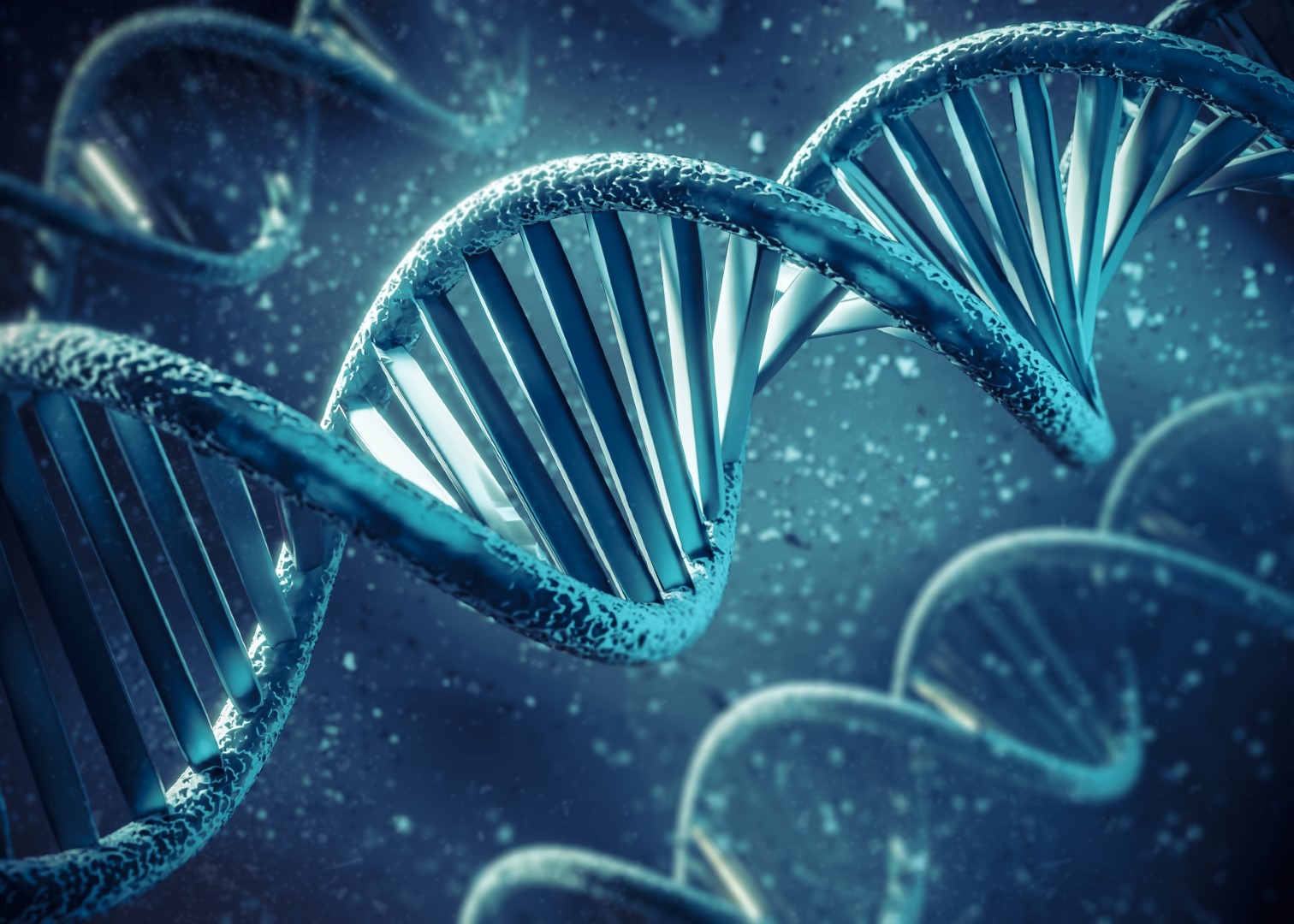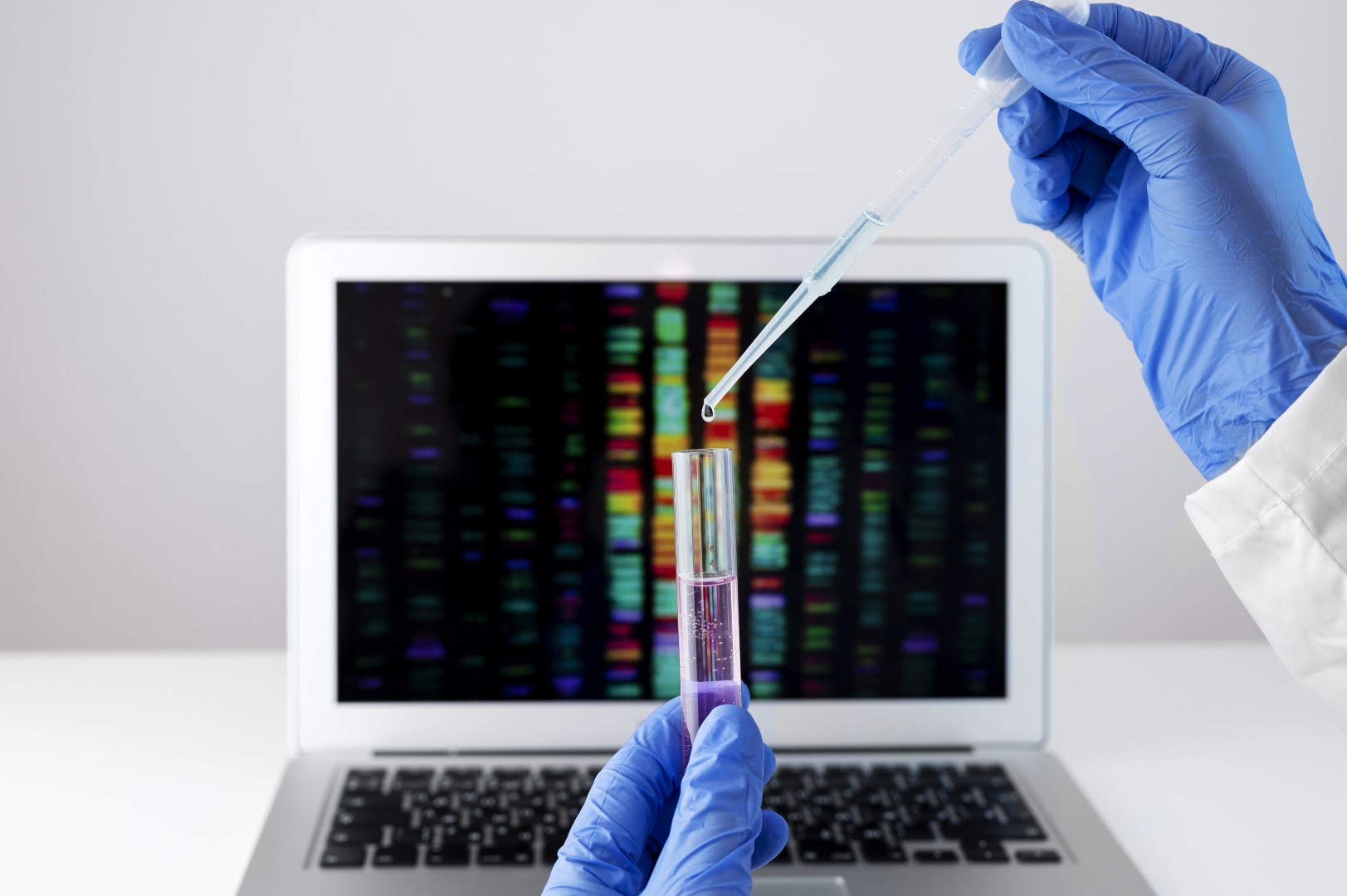Preimplantation genetic diagnosis
Preimplantation genetic diagnosis (PGD) is a technique that allows the identification of genetic and chromosomal abnormalities in embryos obtained through in vitro fertilization treatment using ICSI, before they are transferred to the mother's uterus.

Preimplantation genetic diagnosis (PGD) is a technique that allows the identification of genetic and chromosomal abnormalities in embryos obtained through in vitro fertilization treatment using ICSI, before they are transferred to the mother's uterus.
The procedure consists of obtaining genetic material from each embryo, analyzing it and determining the healthy embryos that can be transferred.
The complexity of these techniques lies in the design of the tools necessary for the analysis. It is a therapeutic work model, within what is known as personalized medicine.
For chromosomal analysis, the same tools are usually used in all individuals.
For monogenic diseases that cover smaller regions, a prior study is necessary to inform us of the damaged points of the gene in the affected parent and direct relatives.
Genetic analysis of embryos is carried out using cells extracted from the embryo on day 3 or day 5 of embryonic development. This way, we have time to carry out the analysis and select healthy embryos that can be transferred to the uterus.




Why is it done?
There are a wide variety of genetic alterations that increase the risk of suffering from a disease, others, despite not being incompatible with a disease, can make it difficult to achieve pregnancy.
This wide variety of genetic alterations are usually classified according to whether they affect large chromosomal regions or only the function of a gene:
Numerical abnormalities (aneuploidies)
These are those that affect the number of repetitions of an entire chromosome or a region of it. Down syndrome, which presents an extra chromosome in pair 21, is one of the best known.
Anomalías estructurales
They involve a change in the normal order of the sequence along one or more chromosomes. Within this group, there may be situations in which a particular chromosome loses a region that is inserted into another area of the same or another chromosome.
Monogenic diseases and rare diseases of genetic origin
These are diseases whose molecular pathology alters the normal function of one or more genes.
The origin of these alterations is usually associated with mutations and variations in the number of times that small regions of the genome related to the genes that are affected must appear or be present.



